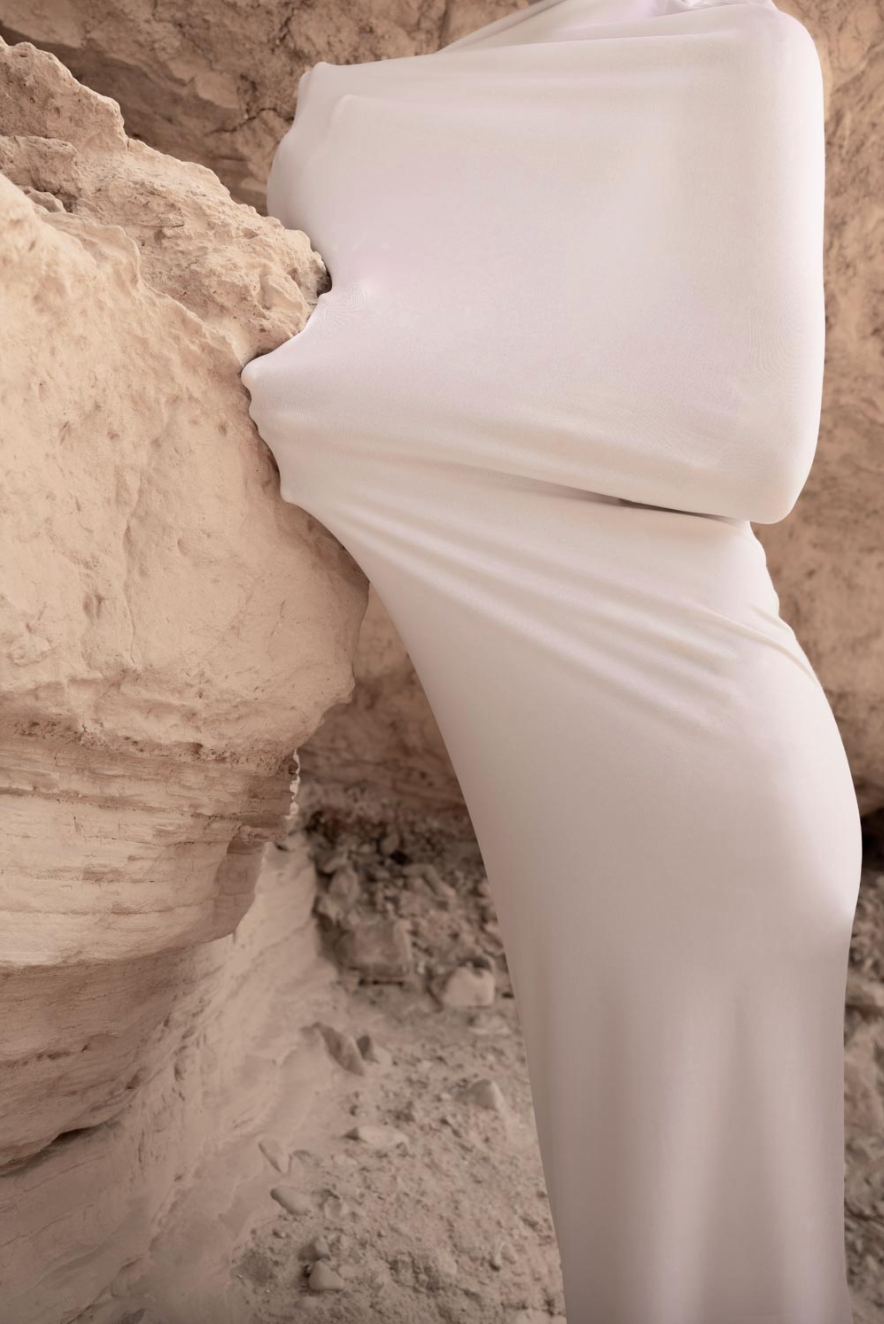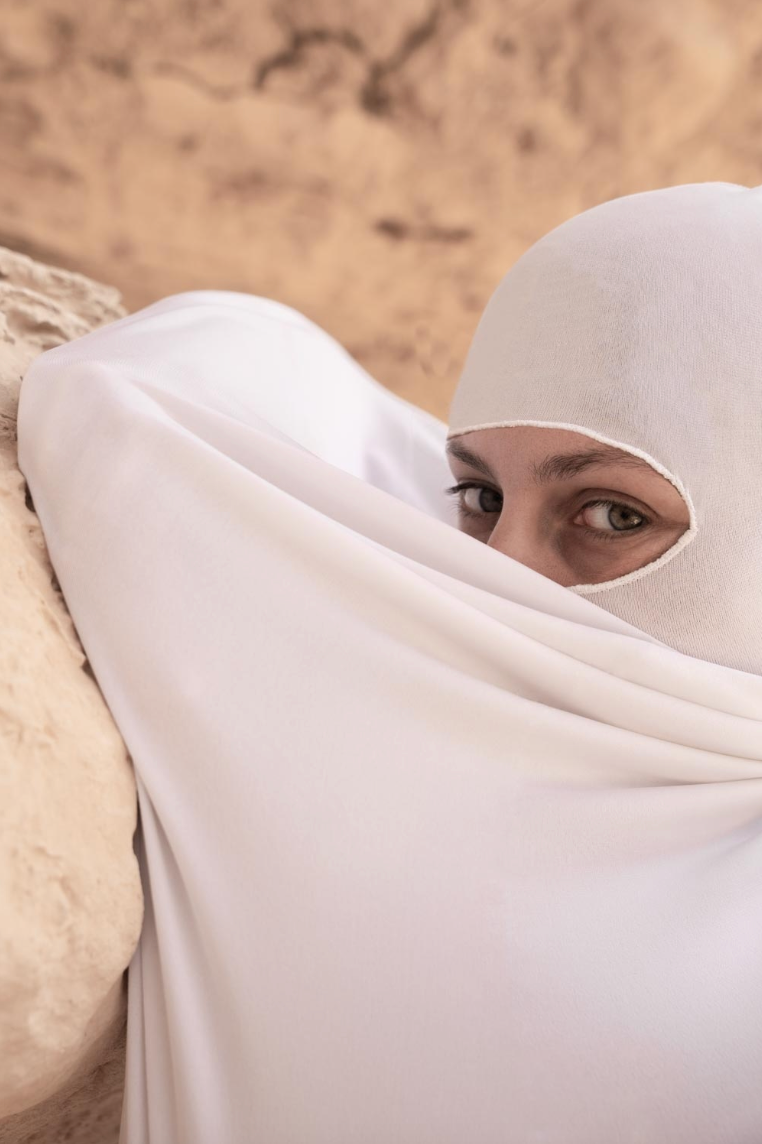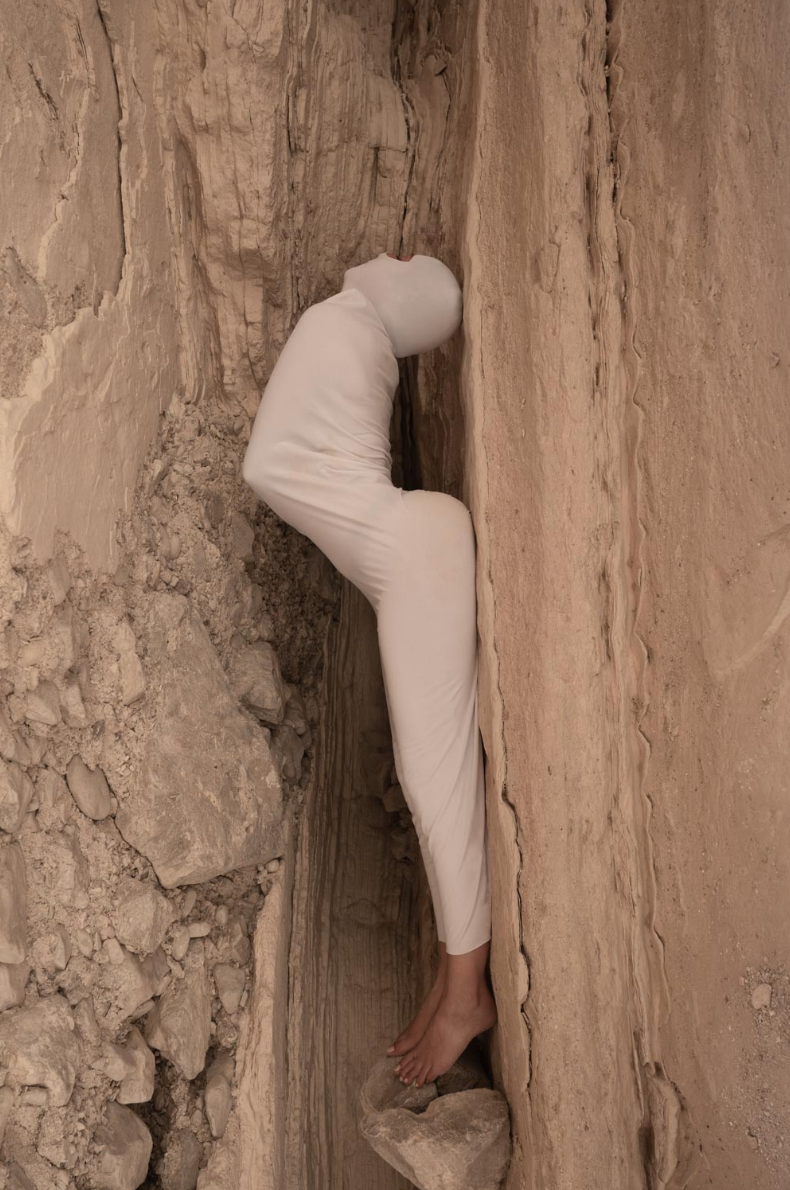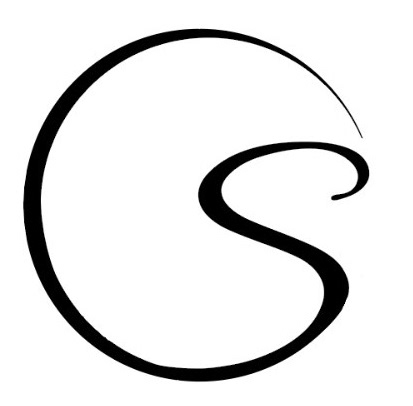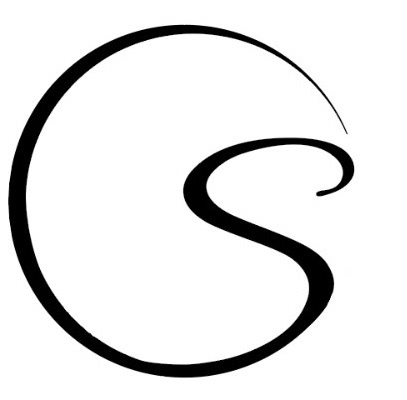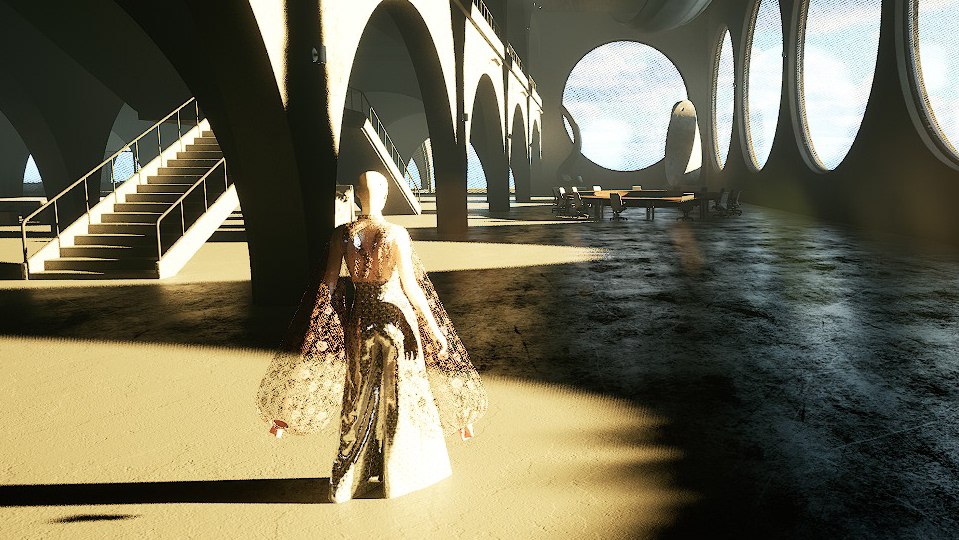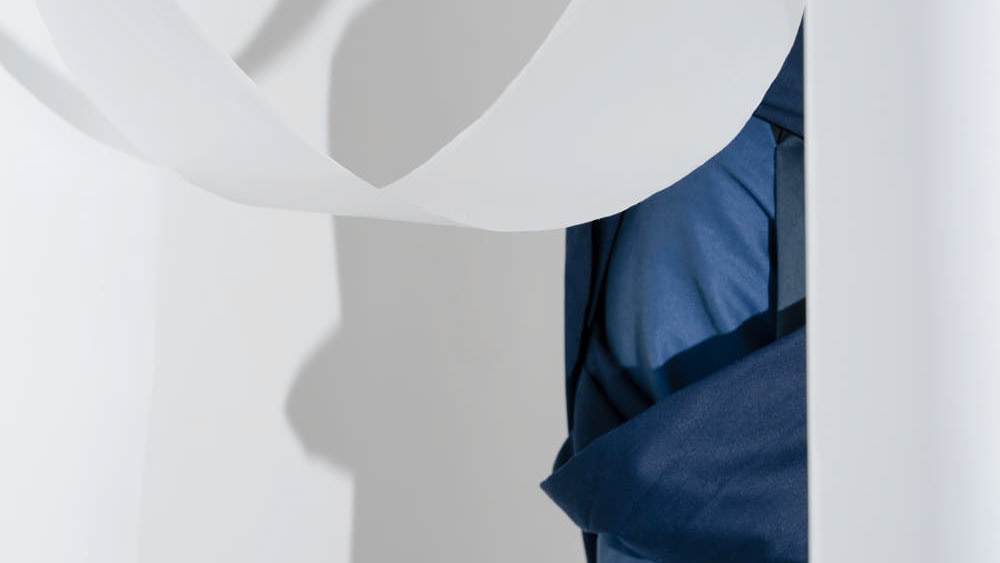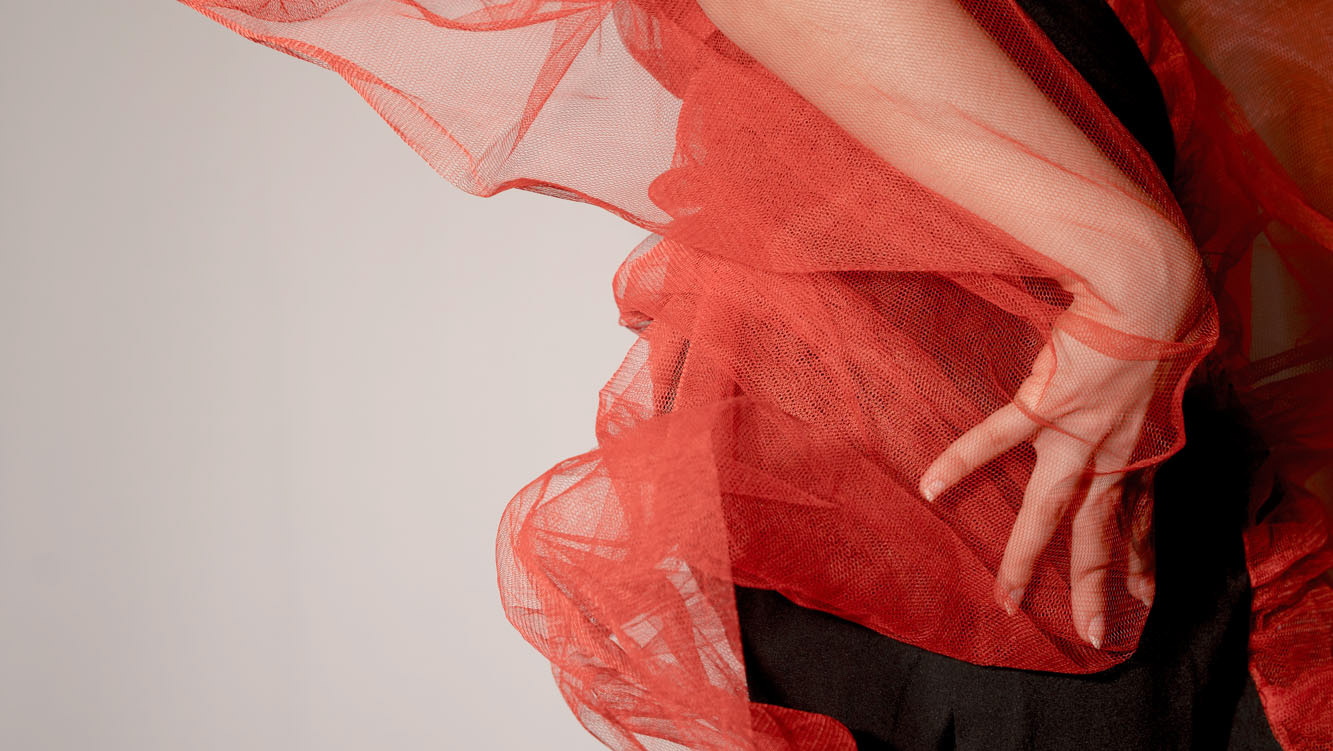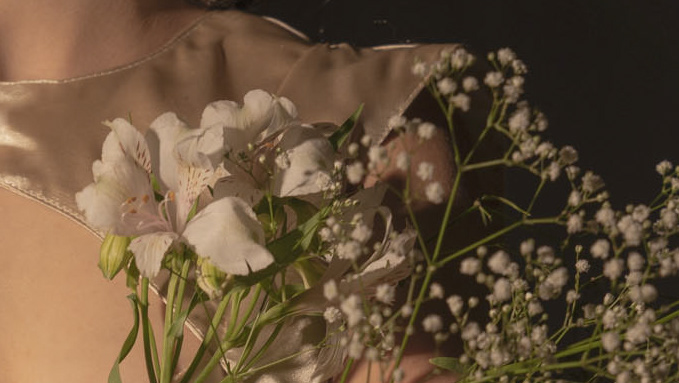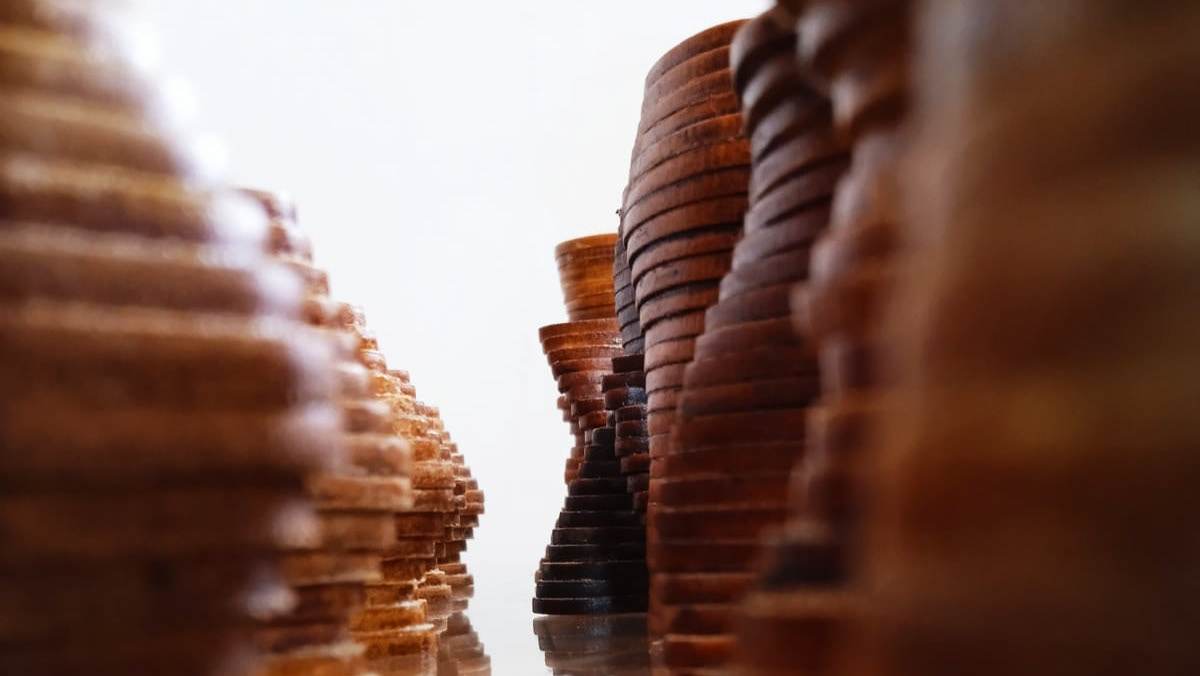Our starting point in body research is body coverage.
We are drawn to the body coverings of population groups that sanctify their religion and the value of modesty and live with us in the same city, Although we never had a direct interface with them. Orthodox Muslim, Jewish, and Christian women - who cover themselves head to toe.
We are drawn to the body coverings of population groups that sanctify their religion and the value of modesty and live with us in the same city, Although we never had a direct interface with them. Orthodox Muslim, Jewish, and Christian women - who cover themselves head to toe.
What is the relationship of women who hide themselves with their bodies? How do they experience the bodies around them? How do you experience the world under the veil?
Thanks to the exhibition "Veiled Women of the Holy Land" presented at the end of 2019 at the Israel Museum, we were privileged to receive testimonies from women living this lifestyle, giving a new perspective and experience of the world from their point of view.
Each series of photos has quotes guiding us as if it were the voice of the women under the veil.
Thanks to the exhibition "Veiled Women of the Holy Land" presented at the end of 2019 at the Israel Museum, we were privileged to receive testimonies from women living this lifestyle, giving a new perspective and experience of the world from their point of view.
Each series of photos has quotes guiding us as if it were the voice of the women under the veil.
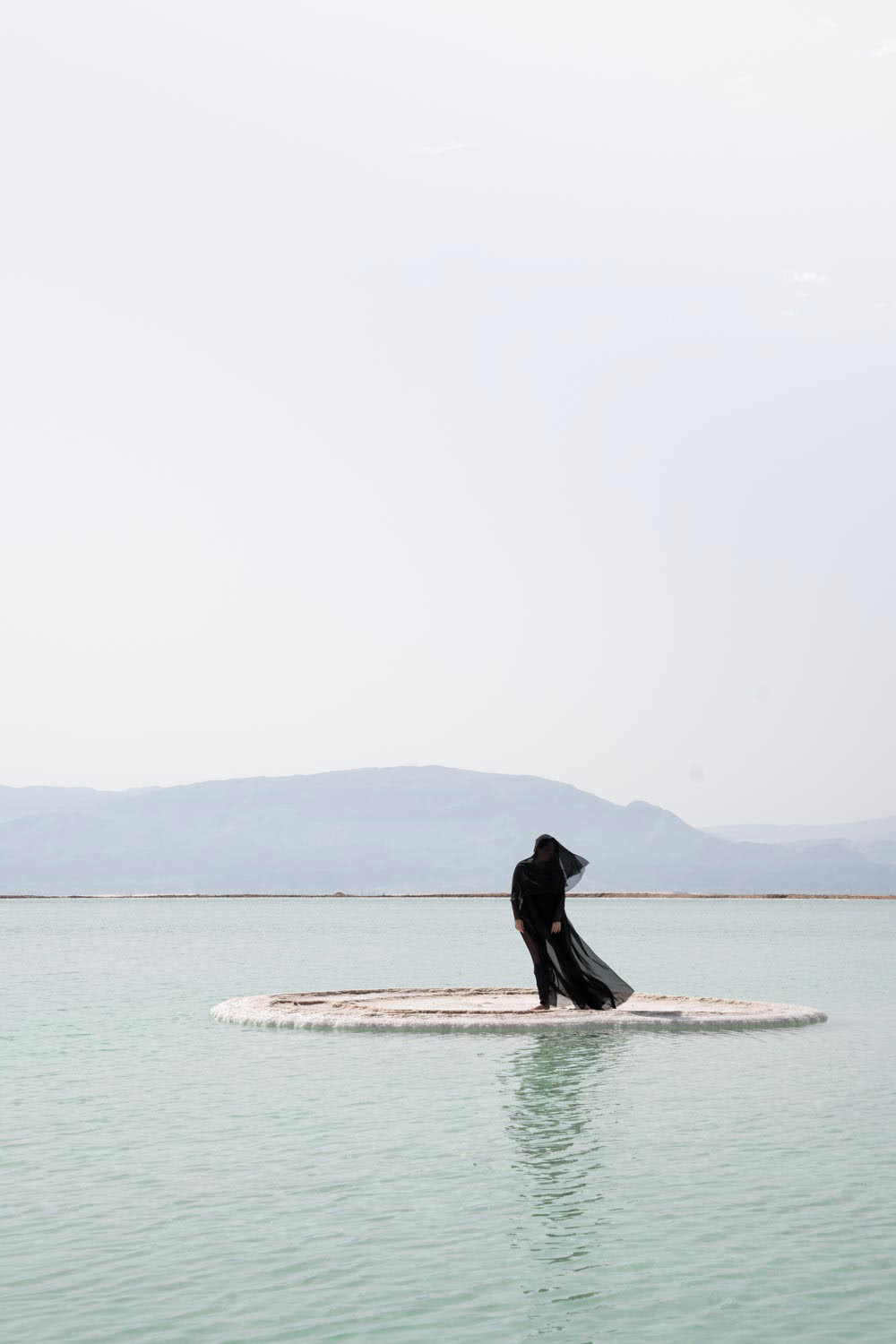
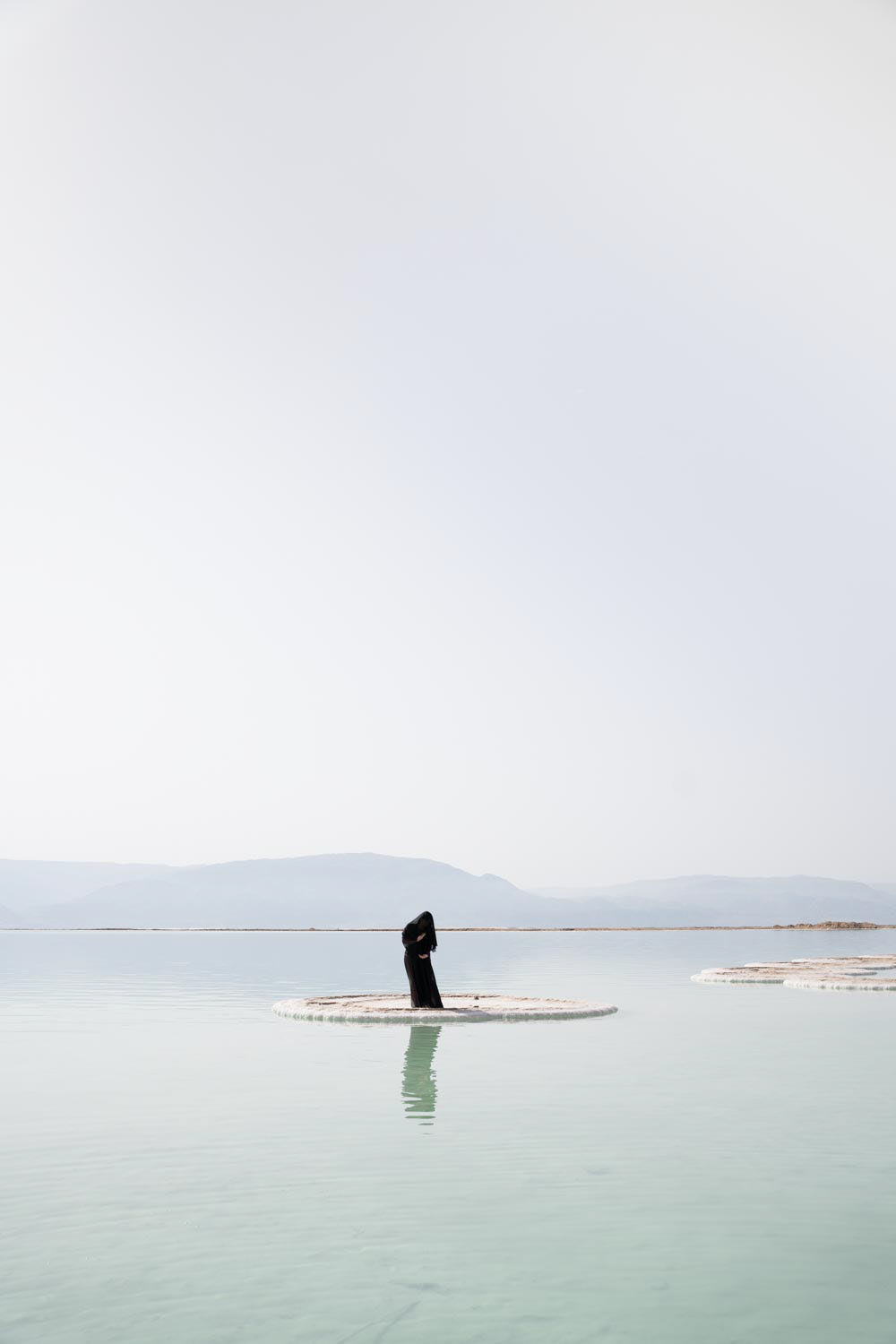
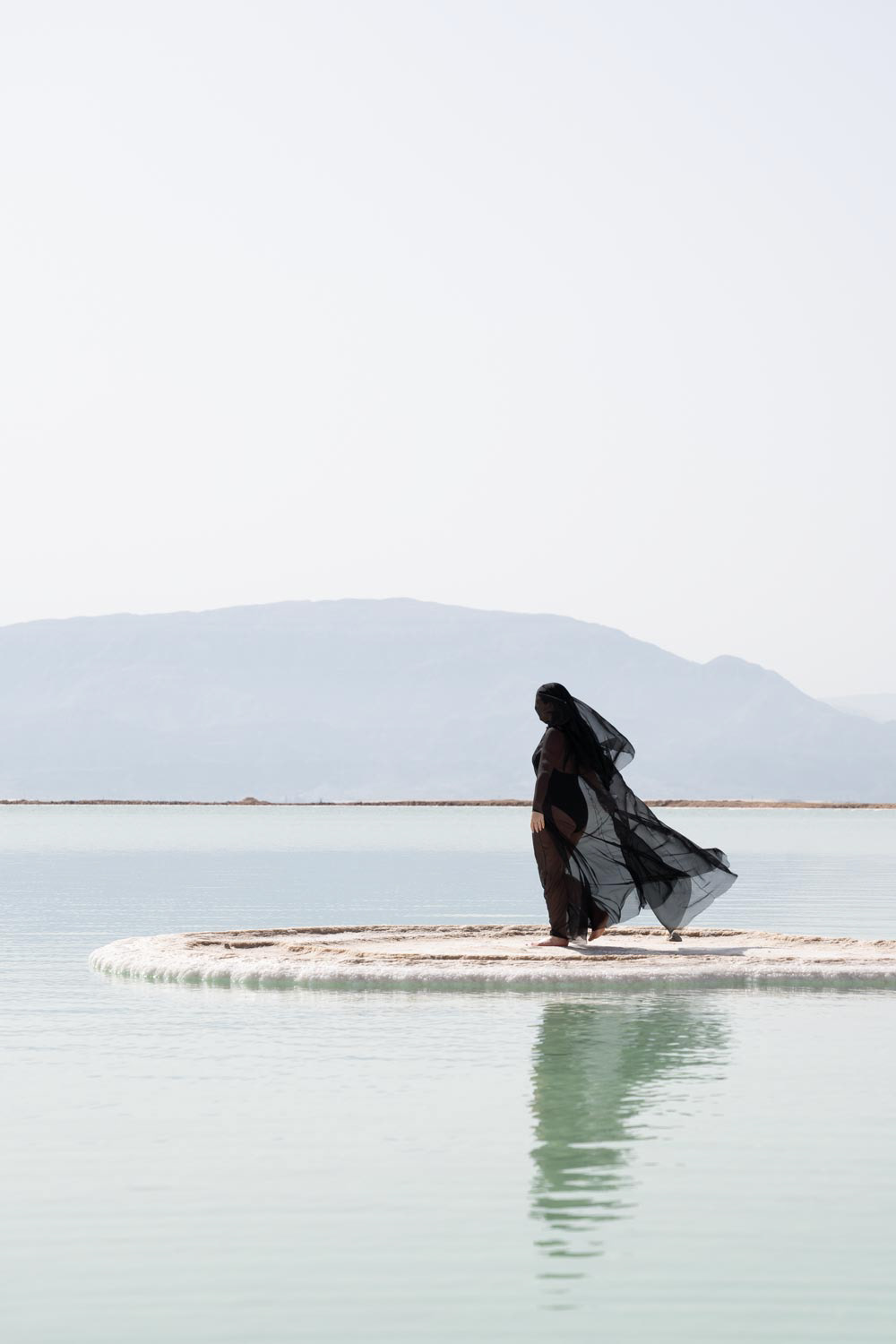
"I have been wearing black for 19 years now, so I feel like it's my skin, if I need to take it off I feel like I have no skin״
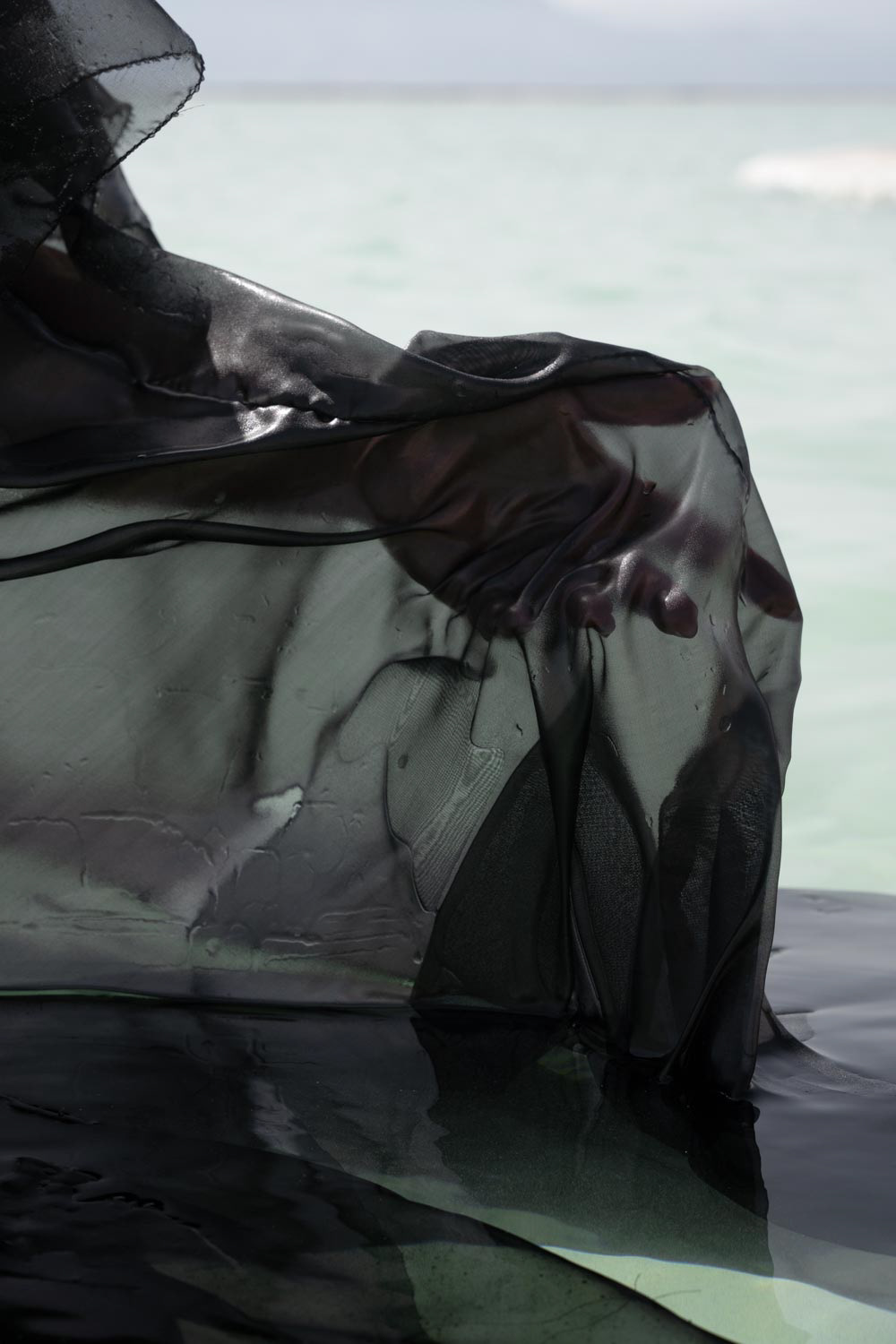
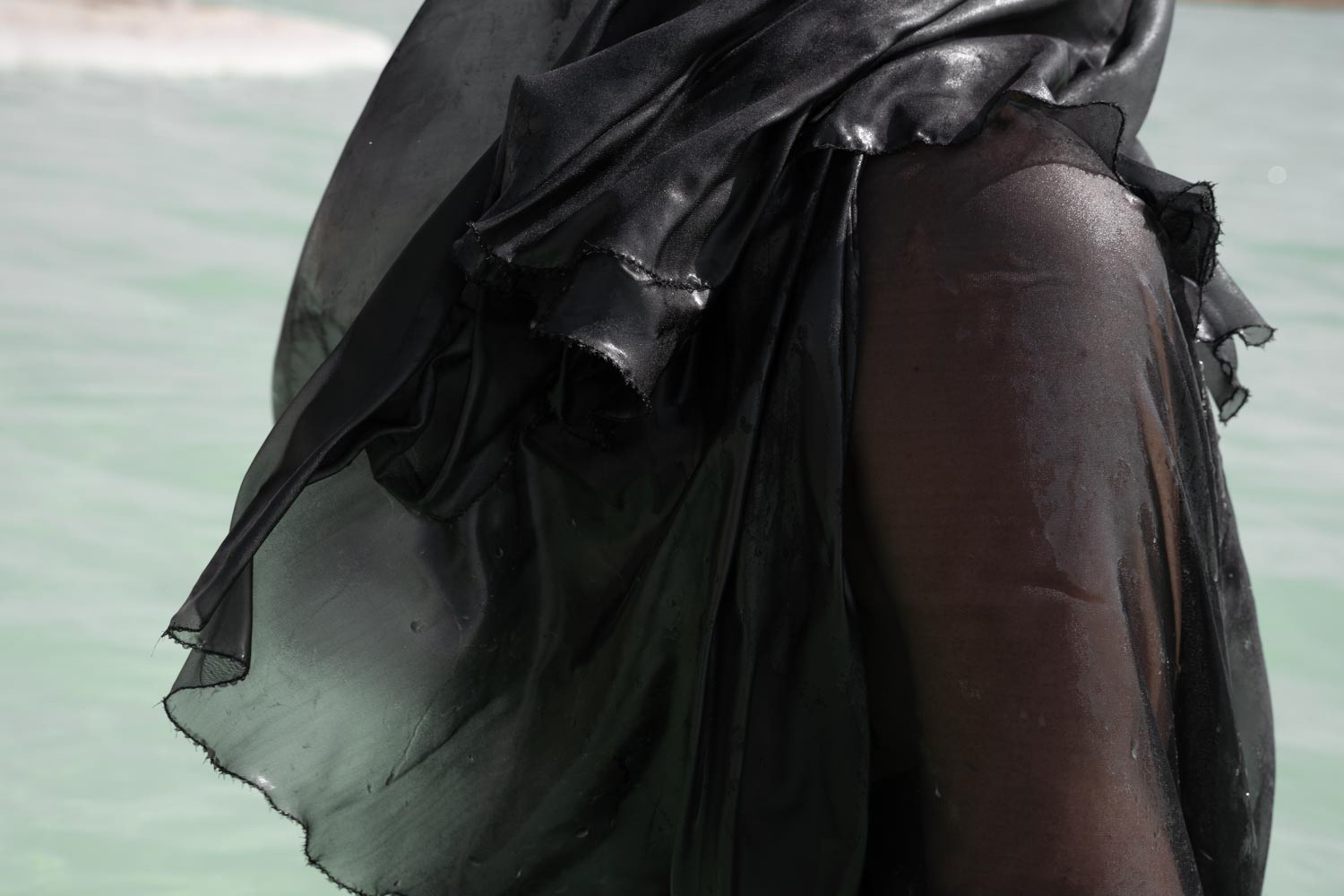
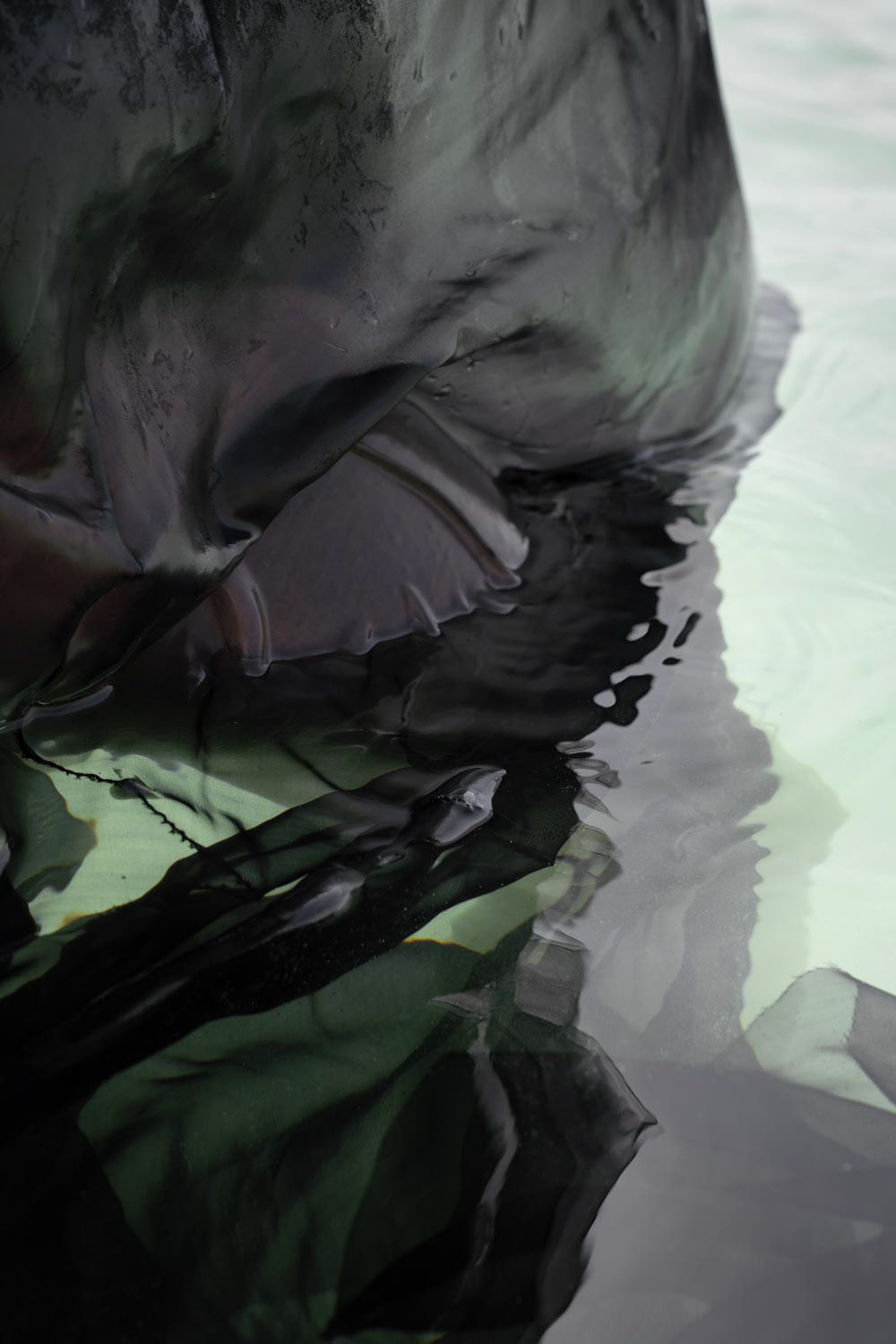


"You need to be ready to let go of what the eye sees. (...) It is important to blur the bodys contours so its shape is not visible or its movement so as not cause any sinful thoughts. It is like a tent. So I wear my own tent. (...) Under the veil I am freer than any woman."

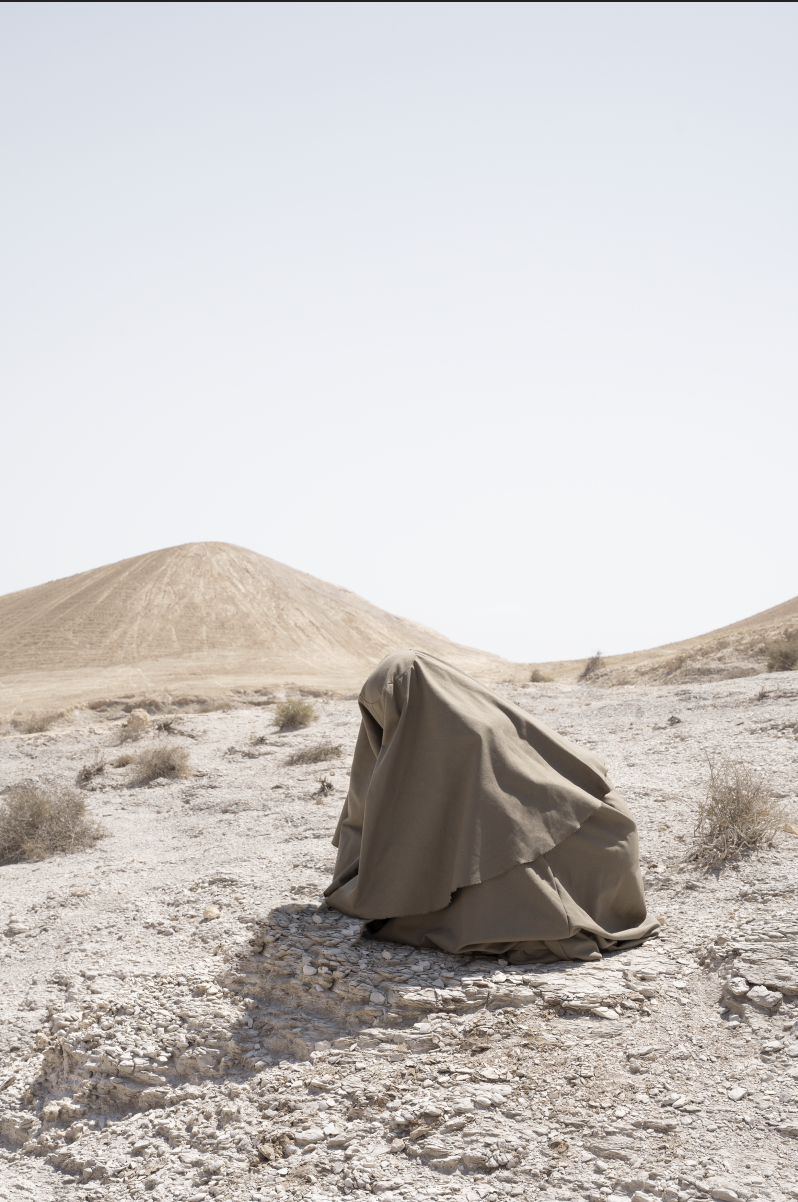


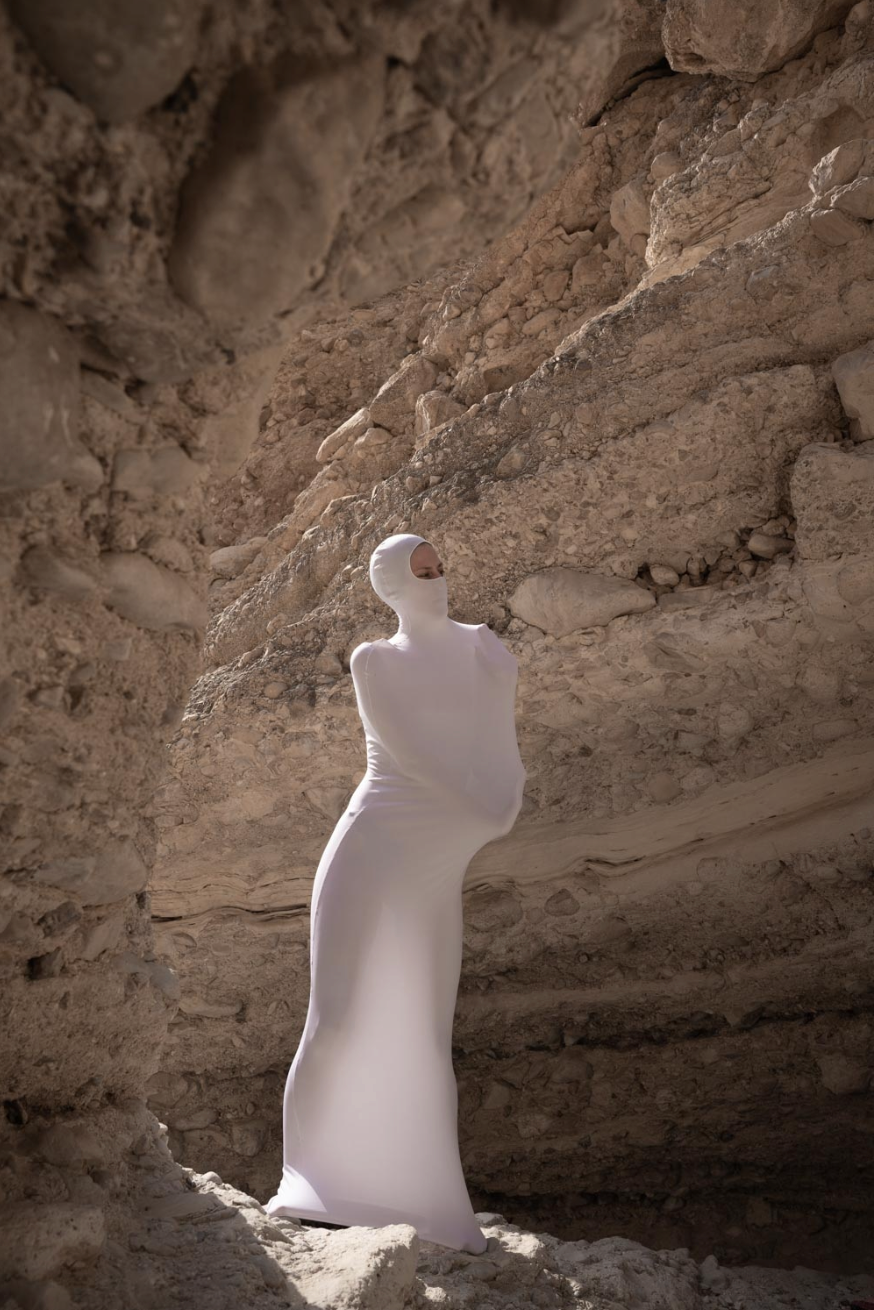
"When I first put on my Niqab I felt suffocated. It was very hard. Like I was imprisoned without air. I had no air."
